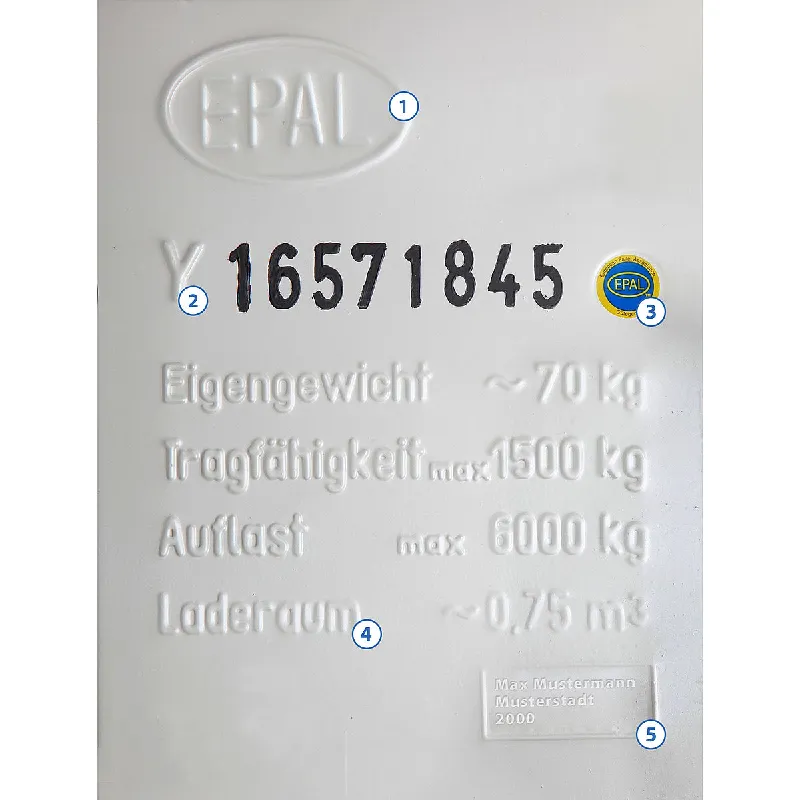Streetscape Bollards - Enhance Urban Design and Safety
The Role of Streetscape Bollards in Urban Design
Streetscape bollards are often overlooked elements in urban design, yet they play a crucial role in enhancing the functionality and aesthetic appeal of city environments. Typically short, stout posts, bollards are employed for various purposes, such as controlling vehicular traffic, protecting pedestrians, and adding visual interest to streetscapes.
One of the primary functions of bollards is traffic management. In crowded urban areas, controlling the movement of vehicles is essential for ensuring pedestrian safety. Bollards are strategically placed to prevent unauthorized vehicular access in pedestrian zones, thereby creating safe spaces for walking, biking, and socializing. They act as visual cues to drivers, indicating where vehicles should and should not go. This separation between pedestrian and vehicular traffic not only enhances safety but also encourages more people to walk, contributing to a healthier urban lifestyle.
Beyond safety, streetscape bollards contribute significantly to the aesthetic quality of public spaces
. Available in various designs, materials, and colors, they can complement or contrast with a city's architectural style. Modern cities are increasingly embracing innovative designs, using materials such as stainless steel, concrete, and recycled plastic that can withstand the elements while providing visual interest. Artistic bollards, featuring unique shapes or murals, can turn a standard utility into a piece of public art, enhancing the overall beauty of the streetscape.streetscape bollards

Moreover, bollards play a role in promoting civic identity. Cities often use custom-designed bollards to reflect local culture, history, or values. For instance, a city known for its maritime heritage might incorporate anchor-shaped bollards into its waterfront. This not only serves an operational function but also fosters a sense of place and community pride, inviting residents and visitors to engage more deeply with their surroundings.
In recent years, the world has witnessed an increasing focus on sustainability in urban design. Many municipalities are now integrating eco-friendly materials into bollard designs, contributing to the overall sustainability goals of the city. By using recycled materials or incorporating green features like planters, bollards can enhance both the functionality and ecological footprint of urban environments.
In conclusion, streetscape bollards are more than mere obstacles to vehicular traffic; they are multifunctional elements that significantly impact urban safety, aesthetics, and identity. As cities continue to evolve, investing in thoughtful bollard design will be essential for creating safe and vibrant public spaces that reflect local culture while accommodating the needs of all users. With their ability to combine functionality and beauty, bollards can help shape the future of urban landscapes, promoting safer, more enjoyable environments for everyone.
-
The Smarter Choice for Pedestrian AreasNewsJun.30,2025
-
The Gold Standard in Round Drain CoversNewsJun.30,2025
-
The Gold Standard in Manhole Cover SystemsNewsJun.30,2025
-
Superior Drainage Solutions with Premium Gully GratesNewsJun.30,2025
-
Superior Drainage Solutions for Global InfrastructureNewsJun.30,2025
-
Square Manhole Solutions for Modern InfrastructureNewsJun.30,2025
-
Premium Manhole Covers for Modern InfrastructureNewsJun.30,2025
